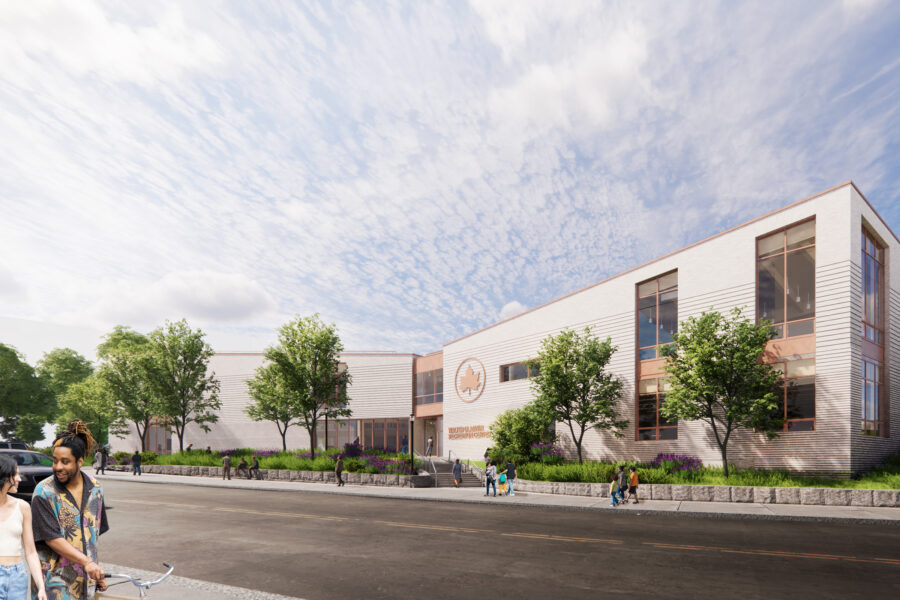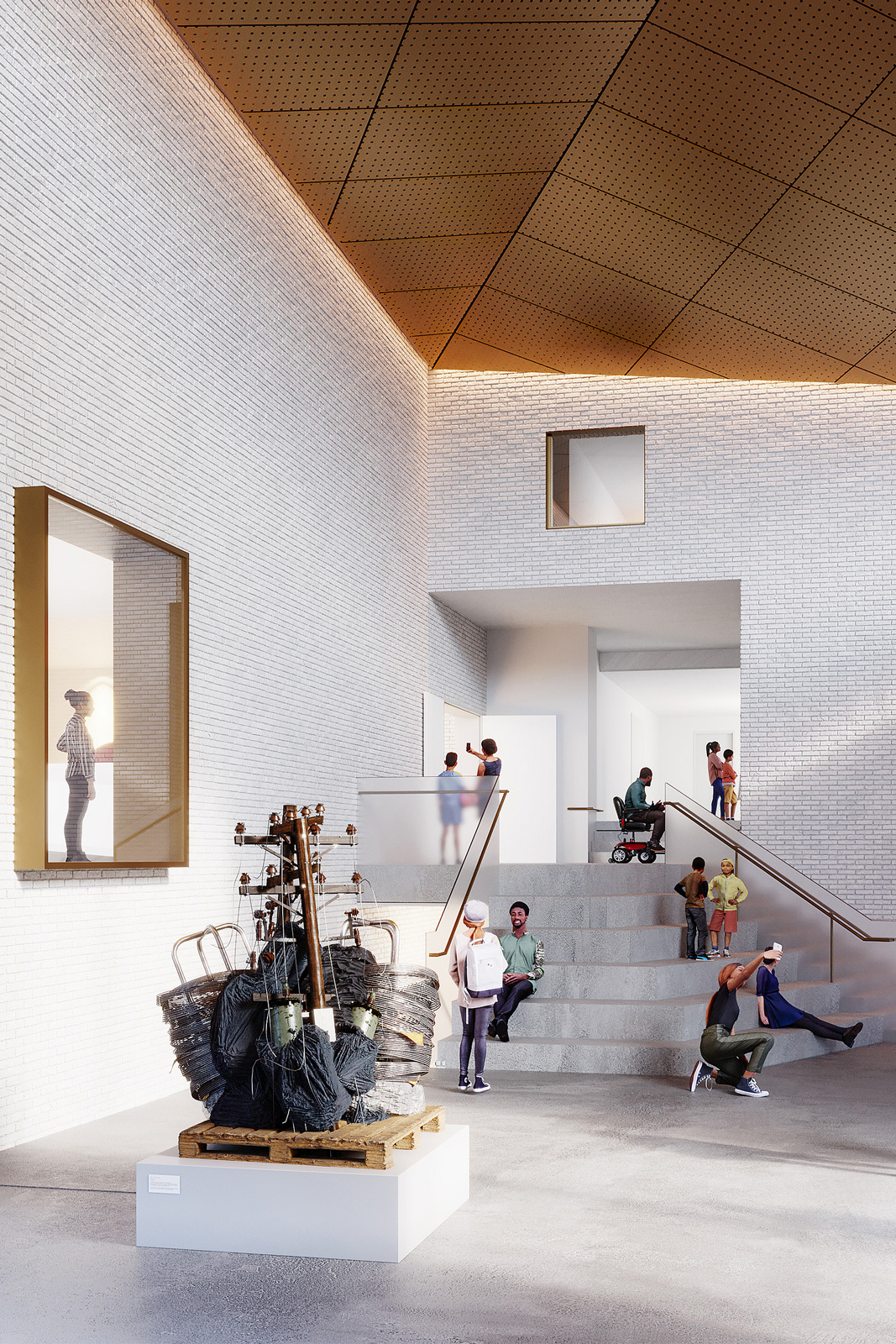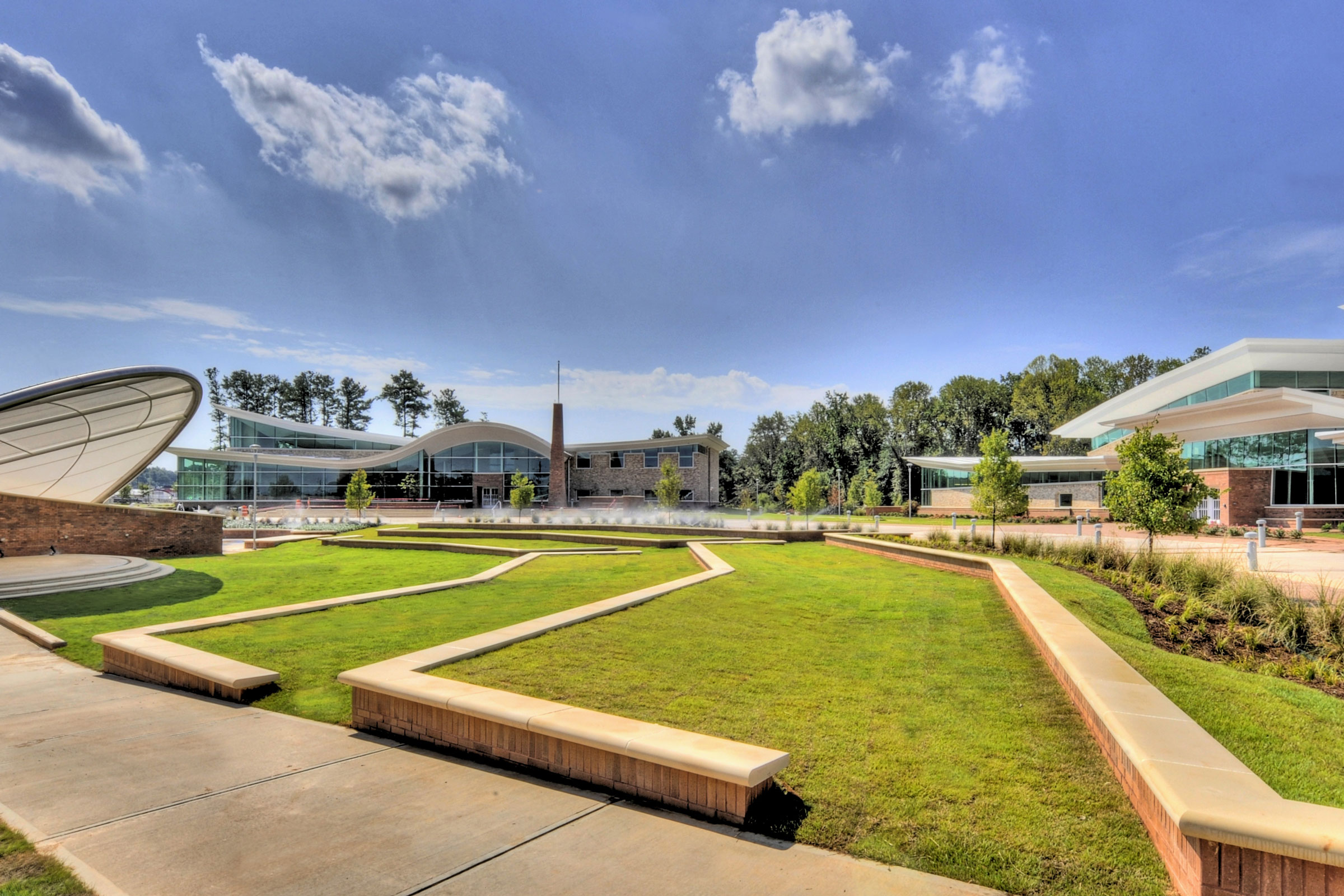Story at a glance:
- Annya Ramírez-Jiménez is parter at Marvel Architects and has been with the firm since 2016.
- She is committed to designing for equity while designing with creativity.
- Much of the firm’s work centers on civic-oriented projects like parks and community centers.
New York-based Marvel Architects boasts a diverse portfolio that includes its fair share of commercial projects. But the firm can’t deny that it’s drawn to ventures of a civic nature, says partner Annya Ramírez-Jiménez, who’s been at Marvel since 2016.
“We don’t say no to anything. Architects, we’re always trying to find the opportunity in everything—small, big, what’s the potential?” Ramírez-Jiménez says. “But our civic work has created some self-selection; the type of work that comes through our door, it starts to become that nature. And while there’s always a few market-rate projects on the boards here, we always try to find, what is it that ties back to more of our civic space?”
Marvel’s more explicitly civic-oriented recent projects have included a revamped public park in Philadelphia, a new home for a nonprofit theater in Arkansas, and a renovated visitors’ center for a national forest in Puerto Rico, where Marvel has an office in Ramírez-Jiménez’s hometown of San Juan.
“I moved to New York City to do my master’s at Columbia University; I was going to stick around for a year or two and then go back home. That’s a very familiar story, right?” says Ramírez-Jiménez, who’s now lived in NYC for more than 20 years. Marvel, she says, offered “a great opportunity for me to cement that relationship I’ve always had between New York and San Juan, and just to see how I could weave those two existences together. This was obviously the perfect venue for it.”
- Photo courtesy of Marvel
- Marvel is bringing more light and life to the renovated Bronx Museum. Rendering courtesy of Marvel
Two of Ramírez-Jiménez’s latest “babies”—“I don’t have kids, so I have buildings”—are public-oriented projects in the Bronx.
The Walter Gladwin Recreation Center, situated in one of the borough’s oldest public parks, is on track to be among the first public buildings in New York City made entirely from mass timber. “It really depends on the procurement process and the construction timeline if we get to make that mark,” Ramírez-Jiménez says of the center, which is scheduled to be completed in 2027. “If it’s not the first one, it will be one of the first ones, and that is a big, big, big win because New York City is still working through the legal aspects of mass timber. We want to show everyone that even with those challenges, you can still do mass timber here.”

The Walter Gladwin Recreation Center is expected to be among NYC’s first public buildings made entirely from mass timber. Rendering courtesy of Marvel Architects
The advantages of the building medium include meeting the parks department’s goals for carbon neutrality and Marvel’s own metrics for energy performance. Timber also fit naturally into the challenging topography of the site, with a three-volume design that maintains a feeling of openness to the outside from every facade. The result is an inviting, accessible facility that not only brings valuable amenities to park patrons, but acts as “a beacon in the park,” Ramírez-Jiménez says, “to provide a sense of security and sort of extend the safe hours of the park.”
Similarly, Marvel’s revamp of the Bronx Museum’s facade, starting construction this summer for a 2025 target, aims to open the building up to its surroundings, making the museum feel more responsive to the immediate neighborhood.
“There’s this very fun party on the street along Grand Concourse, Boogie on the Boulevard—an annual festival on the main thoroughfare of this part of the neighborhood,” Ramírez-Jiménez says. “When you see pictures of it, you see this backdrop of the museum that feels like it’s not part of that—just closed off, not participating in this celebration of the community.”
Marvel saw its “homework,” as Ramírez-Jiménez puts it, as making the museum’s south wing into “the Bronx’s living room.” That meant making the space accessible, visible, and welcoming—counteracting the perception that institutions like museums “tend to be elitist.”
The principles that animate Marvel’s civic works, Ramírez-Jiménez says, ultimately improve everything they do. “How can you design for everyone without creating something generic? You need to find a way that’s flexible, and adaptable, and that is going to eventually outlive you. That’s really the testament of when something was successful—not the initial moment, but how it evolves after many years.”




